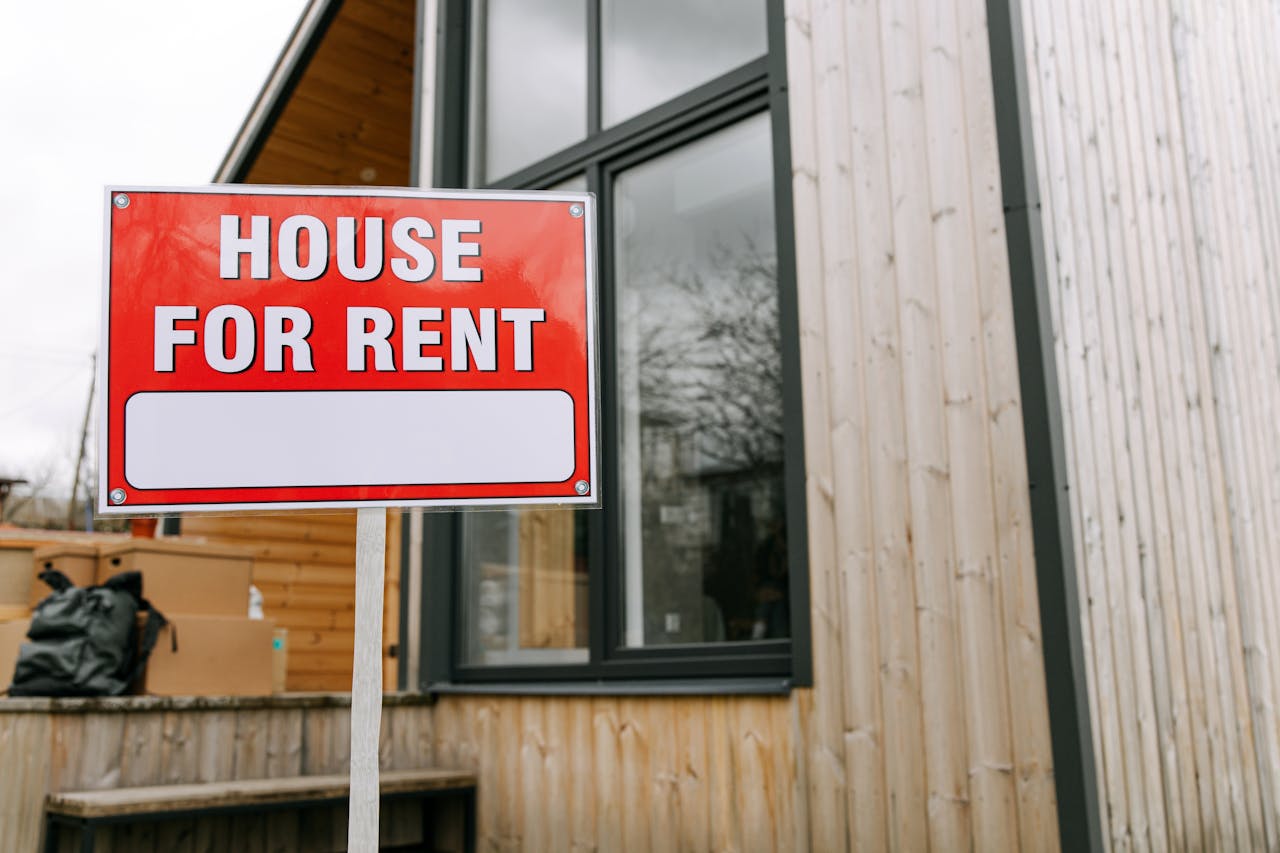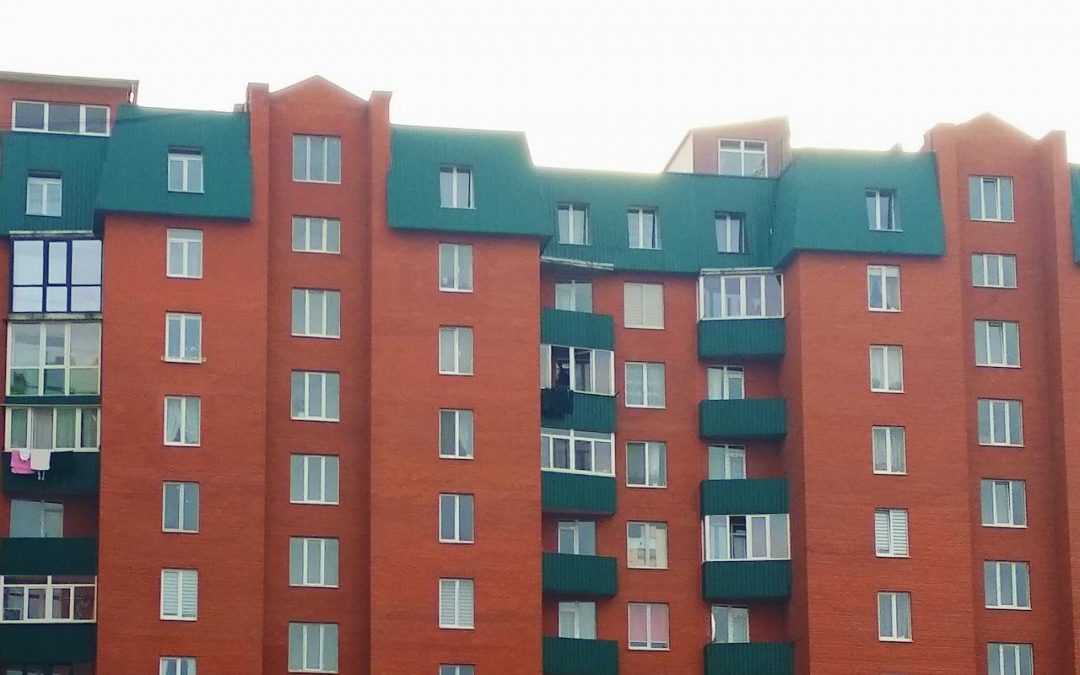Learning the various types of rental agreements is a useful skill that landlords can use when choosing the most suitable option for their rental units.
With the emergence of platforms such as Airbnb, it has become much easier to offer short-term rentals, which tend to be more profitable but also require more work. At the other end of the spectrum, long-term leases are more secure with regular payments but entail lower marketing costs and less time spent screening potential tenants.
Both types have their advantages and disadvantages, so before implementing a specific type, it is important to evaluate your requirements along with the location of the property and the market situation.
This is why this guide will break down the key items that allow differentiation between short-term leases and long-term leases to the landlords.
What Are Short-Term Leases?
Short-term leases refer to leases that people sign for only a few days up to six months. Such leases are often obtained because of vacation rentals, company relocations, or temporary housing.
One major advantage of short-term leases is extra flexibility for the landlords. For example, it is possible to change the rents according to changes in the economy or with seasons like Christmas. Also, there is a possibility of making more rent if the property is located in a region with high demand or tourist areas.
Short-term leases also have their own set of disadvantages. Due to the relatively higher rate of client turnover, more costs and attention need to be directed toward maintenance, cleaning, advertisement, and client screening.
What Are Long-Term Leases?
Long-term leases are forms of rental contracts that are extended for a duration of typically six months to a number of years. These leases are quite common for standard residential rentals and offer a predictable source of income for landlords.
One benefit of this rental style is less business turnover, which means less time spent on advertising and screening prospective tenants. This continuity offers a reduction in landlords’ management requirements.
It’s also worth noting that long-term leases attract tenants who want stability and a sense of permanence, either due to their profession or having a family. This situation can help landlords and tenants foster a relationship that makes receiving and handling complaints much easier.
While short-term leases often involve more frequent tenant turnover and higher maintenance, long-term leases require landlords to focus more on enforcing lease policies over the duration of the contract.
Key Differences Between Short-Term and Long-Term Leases

After understanding what long and short-term leases are, the next step is to outline their differences. These include:
Turnover and Tenant Stability
Because of the short-term lease, tenants tend to move on after a brief rental period. For landlords, this is advantageous in that it allows them to meet new renters and adjust rental prices frequently.
It also opens more work in marketing the property, screening tenants, and supervising move-ins and move-outs.
In contrast, with long-term leases, tenants have greater satisfaction since they tend to stay for at least 6 months to a year or even longer. Tenants do not have to be marketed frequently, so the management process becomes easier and less time-consuming.
Income and Rental Rates
The landlord can charge more with short-term leases because their rentals are charged per day or week, thus increasing the overall income. This is specifically possible in high-demand areas like urban and vacation hot spots.
However, earnings from short-term rentals are inconsistent and unreliable, considering how often seasons and market demands change.
Long-term leases provide revenue security and predictability, as landlords know they will receive rental payments every month. This kind of cash flow predictability can be appealing, especially for landlords who want to minimize uncertainties.
Maintenance and Management
Properties leased on a short-term basis are expected to have more wear and tear and commercial activities. Since tenants frequently change, properties require regular cleaning and, sometimes, upgrading parts of the home to be more appealing to new tenants.
This usually drains time and may require extra effort or a professional to manage the property on behalf of the landlord.
On the other hand, long-term leases expect tenants to be relatively constant, which will lead to a decrease in ongoing maintenance and supervision needs. This means lesser maintenance and repairs that result in lower financial costs at the end of the year.
Legal and Regulatory Considerations
Short-term leases have different legal requirements depending on the area, time of year, type of property, and other factors. Landlords must ensure they are compliant with local regulations at all times.
On the other hand, landlords of long-term leases won’t find such variations in the law, meaning that the burden of legal management will not be extreme. Therefore, it’s safe to say that the laws governing long-term rentals are more stable and well-established, giving property owners a reliable framework with which to operate.
Factors to Consider When Choosing Between Short-Term vs. Long-Term Leases
Different factors should be considered when making a decision as to whether to go for a short-term lease or a long-term lease and these are as follows:
- Location: Northern Virginia property managers suggest that urban areas and vacation hotspots are often more suited for short-term leases due to the high turnover of travelers, while suburban neighborhoods tend to attract long-term tenants seeking stability.
- Property Type and Features: Properties with attractive features such as pools or ones close to attractions, are ideal for short-term rental. Meanwhile, family dwellings and homes with more than two rooms will suffice, as these can accommodate long-term tenants.
- Landlord Goals and Preferences: Short-term leases are best for those who seek more flexibility with potentially a better income. Long-term leases may be a better route for those who want more stability with less operational management.
- Market Demand: Investigate the local rental market to understand the demands for each type of lease in the area. This can help determine which options are more profitable and viable.
These factors should be enough to help you decide on what type of lease to choose for your property. However, it’s best to also be aware of local laws and how they may affect your overall earnings and time in the end.
FAQs
1. What factors should I consider when deciding between short-term and long-term leases?
You need to consider factors like your type of property and features, location, earning goals and preferences, market demands, and local laws. Each factor is indispensable and must be considered before deciding on your rental strategy.
2. How do short-term leases impact my property’s maintenance needs?
Short-term leases often require frequent maintenance due to how often tenants come and go. This maintenance includes regular repairs, cleaning, and the general upkeep of the property so new tenants will find the place comfortable.
3. Are short-term leases more profitable than long-term leases?
Short-term leases are potentially more profitable because of higher rental rates, and you can change the rent based on the economy or peak seasons. This benefit comes at the cost of more maintenance. On the other hand, long-term leases provide a more steady source of income but with very little maintenance compared to short-term rentals.
Conclusion

In the end, knowing the difference between short-term and long-term leases is the key to deciding which rental strategy to implement. Both options have pros and cons, from the flexibility and high earnings of short-term leases to the stability and reliability of long-term rentals.
Ensure that factors like location, property type, personal goals, market demand, and local laws are considered before choosing your preferred agreement. These will help you make an informed decision and know what’s best for your rental property.

Recent Comments